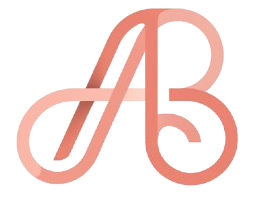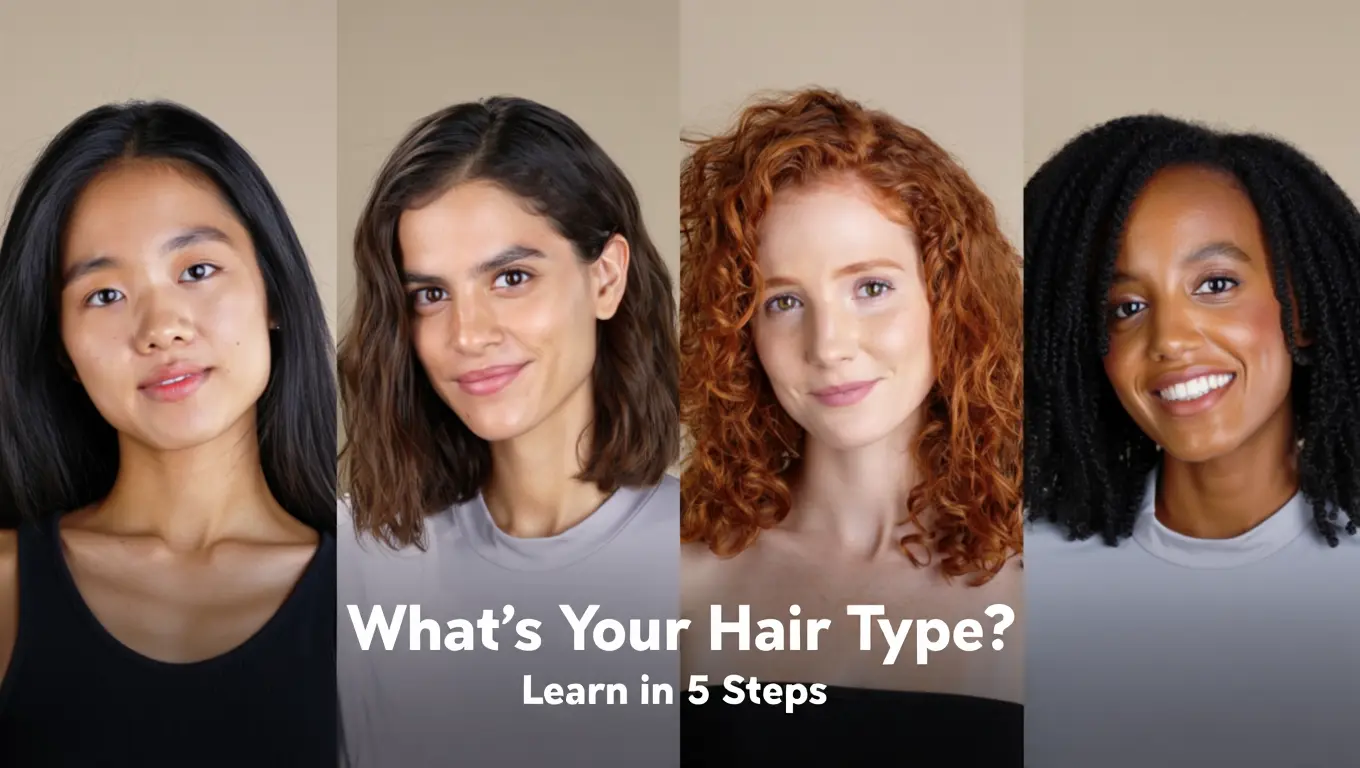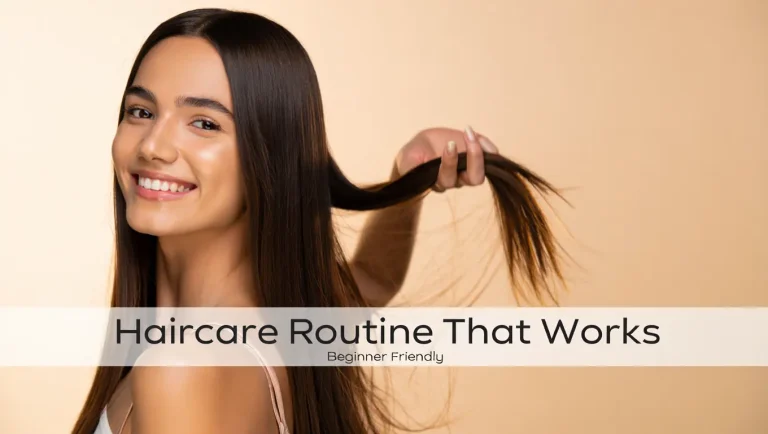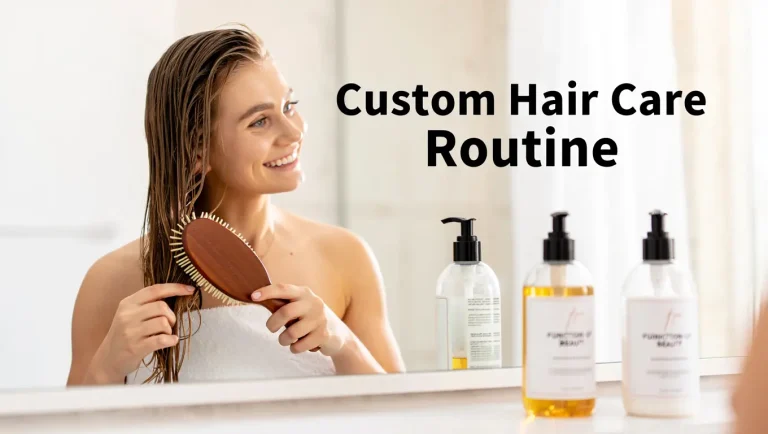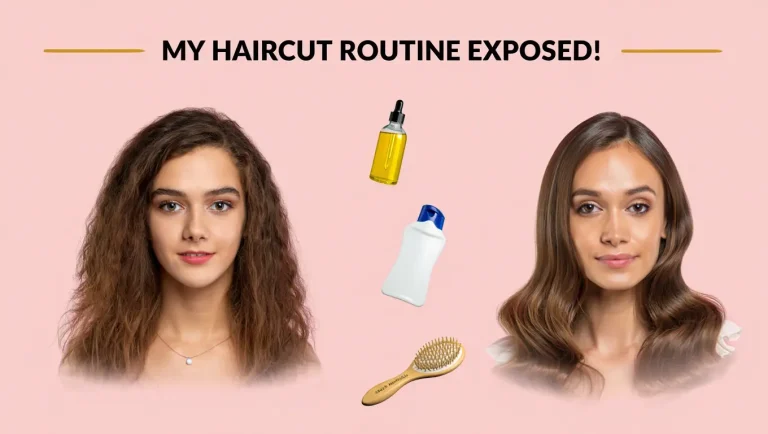Hair Type: The Only Guide You Need to Finally Understand Your Hair
Table of Contents
Let’s be honest—most people have no clue what their hair type actually is. Is it thick or thin? Fine or coarse? Straight or wavy or curly or coily? What about your scalp—is it dry, oily, or just normal?
If you’ve ever asked yourself any of these questions and walked away more confused, you’re not alone. But that ends now.
This ultimate guide breaks it all down—from scalp type to strand thickness to curl pattern—so you can finally understand your unique hair type, what it means, and how to take care of it properly. And yes, once and for all.
Why Knowing Your Hair Type Matters
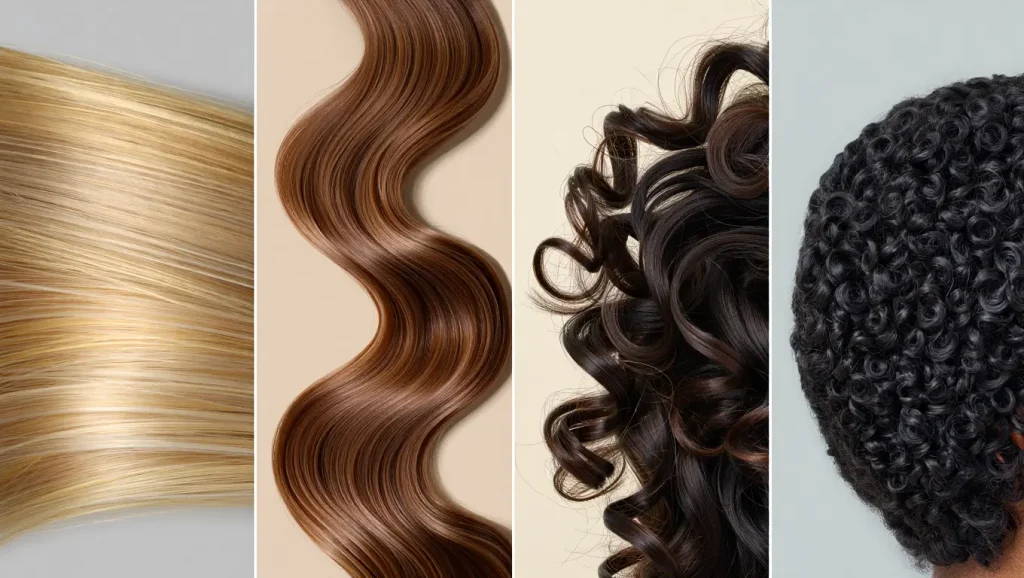
Before we jump into the categories, here’s why understanding your hair type changes the game:
- You’ll stop wasting money on the wrong products.
- You’ll understand why certain styles do or don’t work.
- You’ll avoid damaging routines that don’t suit your hair.
In short, knowing your hair type unlocks better results and healthier hair.
Step 1: Start with Your Scalp Type
Your scalp sets the tone for your entire hair routine. There are three main types:
Oily Scalp
- Your hair looks greasy just hours after washing.
- You feel oil on your scalp by the end of the day.
- Your hair strands may start sticking together.
If this sounds familiar, you likely have an oily scalp. You may also be over-washing, which can trigger your scalp to produce more oil. Yep, it’s a cycle.
Dry Scalp
- Your scalp feels tight or itchy.
- You notice white flakes (not necessarily dandruff).
- You see dry skin sprinkled throughout your roots.
Dry scalps are often sensitive and need gentle, hydrating care. You may feel like your scalp is a desert—and that’s your clue.
Normal Scalp
- No excess oil by the end of the day.
- No flakes, itchiness, or tightness.
- Just… balanced.
If none of the above symptoms apply to you, congrats—you probably have a normal scalp. It’s rare and amazing. Keep doing what you’re doing!
Knowing your scalp condition is the first step in identifying your overall hair type.
Step 2: Hair Thickness vs. Hair Density (Yes, They’re Different!)
People mix these up all the time. Let’s get it right once and for all.
Hair Thickness = The Width of a Single Strand
This describes how thick or thin each individual hair strand is.
How to check:
- Compare one strand of your hair to a piece of sewing thread.
- If your hair is as thick or thicker → You have thick hair.
- If your hair is way thinner than the thread → You have thin hair.
You can also rub a strand between your fingers:
- If you feel it clearly, it’s thick.
- If you barely feel anything, it’s thin.
Hair Density = How Much Hair You Actually Have
This refers to the number of strands on your head.
How to check:
- Pull your hair into a ponytail and measure the circumference.
- Less than 2 inches: Low density.
- 2–3 inches: Medium density.
- Over 4 inches: High density.
- Or, look in the mirror:
- If you can easily see your scalp → Low density.
- If your scalp is well hidden → High density.
These two together (thickness and density) give you a better picture of your true hair type.
Step 3: Is Your Hair Damaged or Healthy?
Some people swear their hair is “so damaged,” but here’s how to know if that’s really true.
Signs of Damaged Hair:
- Your hair tangles easily.
- You can’t run your hands through it smoothly.
- Your ends feel dry, rough, or frayed.
- It stretches like a rubber band (then breaks).
- It takes forever to dry—like hours and hours.
- You lose clumps of hair when brushing.
- Your hair has no shine and feels dull.
If several of these are true, your hair may be damaged, which affects your overall hair type care. Damaged hair needs more moisture, less heat, and patience.
Signs of Healthy Hair:
- Your hair is shiny, smooth, and soft.
- You have minimal breakage or split ends.
- It dries in a reasonable time.
- It holds shape and style well.
Understanding whether your hair is healthy or compromised helps guide the right hair type care routine.
Step 4: Identify Your Curl Pattern
Your curl pattern is a huge part of your hair type, and almost no one has pin-straight hair. Even a little bevel or wave counts.
The curl spectrum is divided into four types, with subcategories.
Type 1: Straight Hair
- 1A: Very straight, no bend.
- Rare and often confused with 2A.
Type 2: Wavy Hair
- 2A: Slight bend. Think a gentle swoop—barely wavy.
- 2B: A little more wave—some pieces may look like they’ve been curled lightly.
- 2C: Waves are more defined, may have mini spirals. Lots of texture.
Type 3: Curly Hair
- 3A: Big, loose curls (like a curling iron effect).
- 3B: Tighter curls, more bounce.
- 3C: Corkscrew curls, full and voluminous.
Type 4: Coily or Kinky Hair
- 4A: Soft coils, defined and bouncy.
- 4B: Tighter coils, less uniform pattern.
- 4C: Very tight coils, most shrinkage and volume.
Curl type is a big deal when choosing products, drying techniques, and styling methods for your hair type.
Step 5: So What’s Your Hair Type?
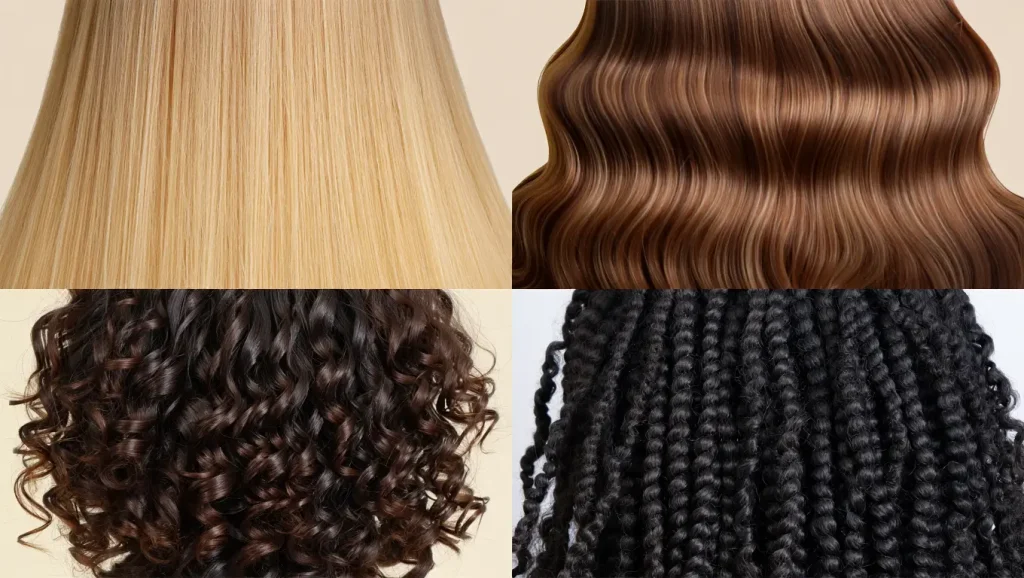
Let’s put it all together. Your hair type is a combo of:
- Scalp type (oily, dry, normal)
- Strand thickness (fine or thick)
- Hair density (low, medium, high)
- Damage level (healthy or compromised)
- Curl pattern (straight, wavy, curly, coily)
Here’s an example:
You could have a normal scalp, thin hair strands, low density, healthy condition, and a 2A curl pattern.
That’s your hair type! And it will help you make better decisions about:
- Which shampoo and conditioner to use.
- What styling products give you the best results.
- How often you should wash or trim your hair.
- What tools are safest for your strands.
What If You’re Still Not Sure?
If you’re on the fence about your hair type, here are a few quick questions to ask:
- Does your hair get greasy quickly or stay clean longer?
- When air-dried, is it straight, slightly wavy, or curly?
- Can you easily see your scalp without parting your hair?
- Do your ends look healthy or fried?
- Does your hair feel thick in a ponytail or look sparse?
These clues can help you lock in your answers.
Final Thoughts: Knowing Your Hair Type Is Power
So many of us go years using products or routines that work against our natural hair type. Once you actually understand your hair’s needs, everything changes.
You’ll style it better. Wash it smarter. And your hair will start looking and feeling healthier without extra effort.
Take the time to figure out your true hair type. Trust me—it’s worth it.
Want to take it further?
If you’re ready to build a routine around your specific hair type, stick around. Up next: custom routines based on your curl pattern, thickness, and density.
Let’s take the guesswork out of great hair—together.
